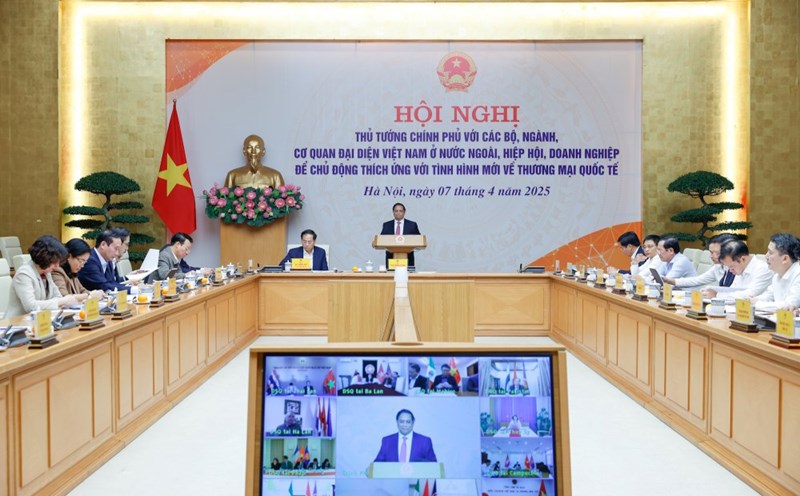There is no common set of criteria for green standards
In recent times, the SBV has implemented many specific credit programs, assigning specific tasks to promote green growth. By the end of 2024, outstanding credit with environmental risk assessment reached about 3.2 million billion VND out of the total outstanding debt of 15 million billion VND in the whole system.
Talking to Lao Dong Newspaper, Ms. Tong Dieu Linh - Director of the Transaction Banking Center - Financial Market and Trading Bank VPBank assessed that green credit growth has shown positive signs, but this market has not yet fully exploited its potential due to the existence of some barriers.
Ms. Tong Dieu Linh said that banks face many risks when financing green projects due to long payback periods, lack of guarantee mechanisms and complicated mortgage asset valuations. Meanwhile, these projects often require large capital, long terms, and preferential interest rates, but most of the capital mobilized by banks is short-term.
According to Ms. Linh, Vietnam does not have a common set of criteria for green standards, leading to difficulties in project appraisal and measurement of sustainability. When banks arrange international capital for green projects, they will have to refer to international criteria that are very strict and require high requirements.
Green investment sharply increases customer investment costs, while the Government has not yet had a mandatory green conversion policy for businesses. If there is only one-sided effort from the bank, green credit will find it difficult to grow quickly.
Ms. Tong Dieu Linh said that many businesses have not completed their environmental impact assessment or lack green certificates, making it difficult to access capital. In particular, the failure to build a system to measure, monitor and report environmental indicators has caused the bank to lack a basis for appraisal. Meanwhile, indicators such as CO2 emission reduction, energy saving, and wastewater management are the basis for assessing the efficiency and sustainability of the project.
Although there have been a number of programs to encourage green transformation, the implementation is still not strong and unstable, causing businesses to lack motivation. The unstable price and output policies of wind power and solar power in recent times have also reduced investment attraction. In addition, businesses expect low interest rates and simple procedures, while banks prioritize capital safety and profits, creating a expectation gap.
It is necessary to classify and design green credit policies suitable for each business group
From an expert's perspective, Dr. Nguyen Quoc Viet - an economic expert, lecturer at the University of Economics (UEB) assessed that perfecting the legal framework and financial mechanisms, especially policies on credit guarantee and capital mobilization, is a key factor to support businesses in sustainable development. To make the policy truly effective, it is necessary to start by classifying the characteristics and models of projects, thereby providing solutions suitable for each target group.
According to Dr. Nguyen Quoc Viet, for large-scale projects, the Government has had important legal mechanisms such as the Law on Investment and the form of public-private partnership (PPP), allowing the private sector to participate in infrastructure projects and key economic sectors. However, at the micro level, especially in the fields of agriculture and services, millions of small businesses and farming households are facing many obstacles in accessing credit.
Faced with this situation, Dr. Viet believes that developing cooperative models or production linkages is a feasible solution, helping to focus on capital needs and improve borrowing capacity through the credit guarantee mechanism. He gave an example from green transformation projects in the agricultural sector: "Instead of each business household lending capital itself, cooperatives can represent many households, thereby increasing the creditworthiness and access to preferential capital from banks or financial institutions".
For large-scale enterprises, especially in industrial parks, Dr. Viet mentioned the opportunity to access international capital sources such as green credit or issue bonds. However, he warned that exchange rate risks are one of the significant obstacles.
"To promote effective policies, there needs to be close coordination between agencies such as the Ministry of Finance, the State Bank, the Ministry of Industry and Trade... Synchronization from the central to local levels will create a favorable corridor for businesses to implement green projects" - Dr. Nguyen Quoc Viet emphasized.







